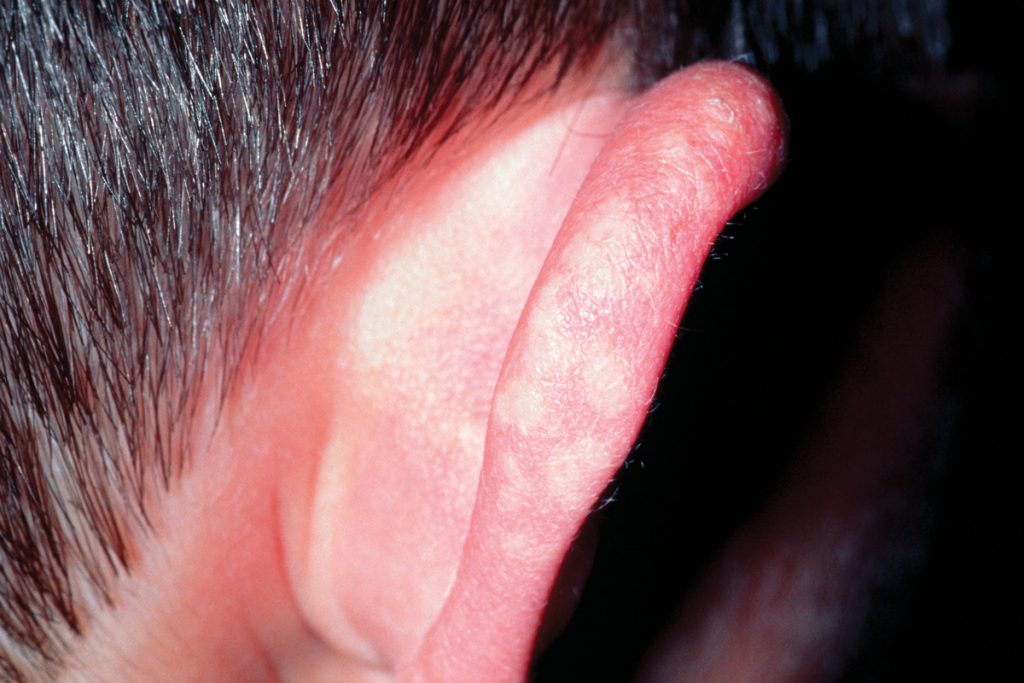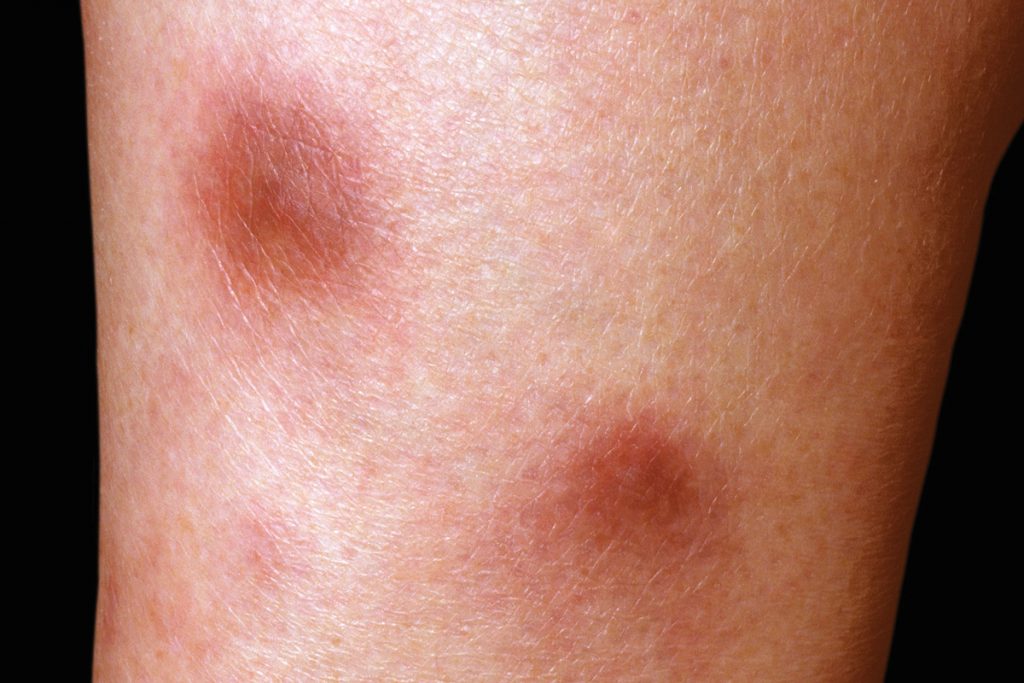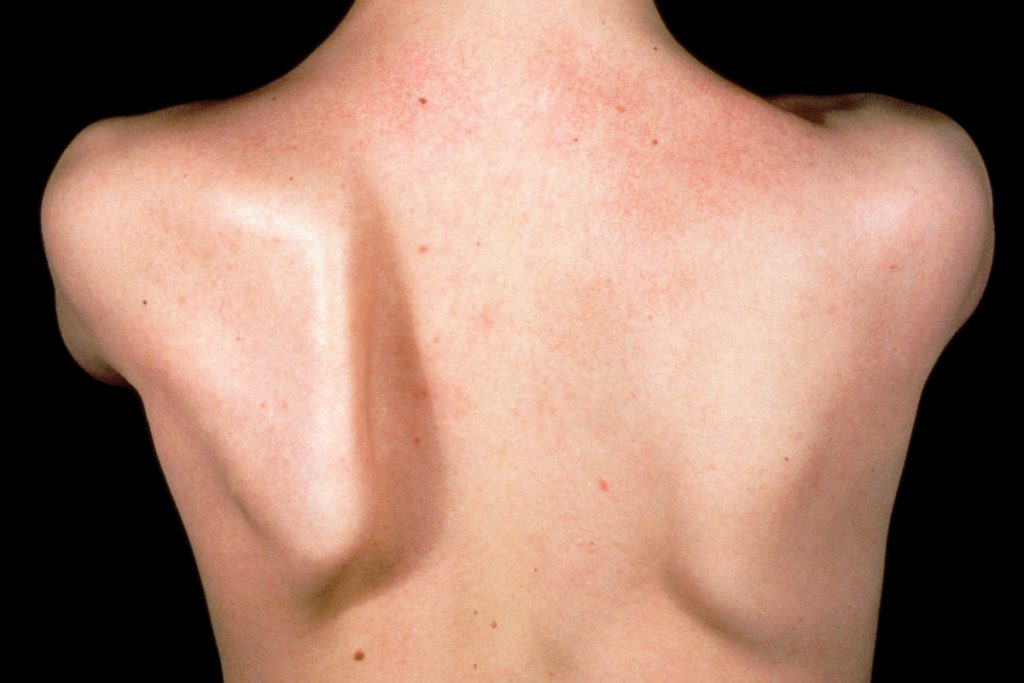Medical arithmetic: unusual ear rash, leg bruises and shoulder pain
What do these presentations add up to? By Dr Keith Hopcroft
CASE EASY
The patient
A six-year-old boy with no relevant past medical history who is on no medication.
His mother says
‘We’ve just come back from a holiday in Greece. I’m not sure if he’s been bitten or he’s starting chicken pox,
but he’s got these blisters on his ears. He seems okay in himself, though.’
+

=
See end of article for answer
CASE MODERATE
The patient
A 32-year-old woman who is on no medication. Her last two attendances were for a refill of the contraceptive pill and then for tonsillitis a few weeks later.
She says
‘I’ve had these strange bite things on my legs that have turned into bruises. They’ve been there for weeks now. I’m still getting new ones coming up, and they’re sore.’
+

=
See end of article for answer
CASE HARD
The patient
A 34-year-old female on the contraceptive pill, with no relevant past medical history.
She says
My left shoulder blade has been aching for a few weeks, and I don’t feel as if I can move my shoulder properly. My partner has told me that the shoulder blade is sticking out at an odd angle.’
+

=
See end of article for answer
Dr Keith Hopcroft is Pulse’s medical adviser and a GP in Basildon, Essex
Answers
EASY Juvenile spring eruption. This is a localised photosensitivity reaction that is quite common, especially in young boys. It causes a papular, vesicular rash on the ears that appears after sun exposure and can be a recurrent problem. Children grow out of the problem eventually. If the rash is sore or itchy it can be treated with steroid creams – and can be prevented with sunscreen and shade.
MODERATE Erythema nodosum. Patients often mistake these lesions for bites or bruises. The clue is their persistence, the development of further lesions and their nodular feel. Often, no cause is found. Common associations include streptococcal infections, sarcoidosis, inflammatory bowel disease and medication, including the contraceptive pill. The lesions usually fade over time.
HARD Winged scapula. This is a rare nerve dysfunction affecting the serratus anterior muscle. It can result from trauma, viral infection or a muscular disorder. The patient will need referral for further assessment and physiotherapy.
Visit Pulse Reference for details on 140 symptoms, including easily searchable symptoms and categories, offering you a free platform to check symptoms and receive potential diagnoses during consultations.









